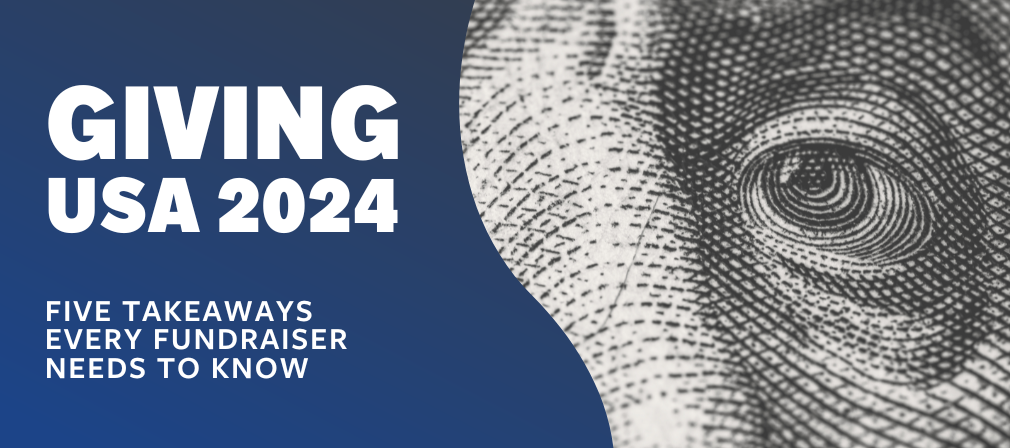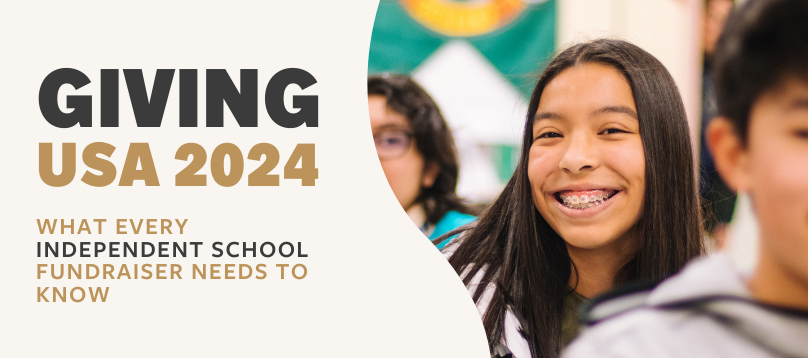Think about the last question or random curiosity that popped into your mind. Will it rain today? Are tomatoes considered vegetables or fruits? Do you have to apply sunscreen indoors?
Chances are, your first instinct was to open Google and look it up. Many of your healthcare organization’s patients are no different—they’ll hop onto your website and others like it to search for preliminary answers to their health inquiries.
Technology has opened up a wealth of opportunities to connect with patients online. Creating high-quality educational content for your healthcare website allows you to increase your organization’s credibility, boost traffic, and combat any online health misinformation. To help audience members find and learn from your content, we’ll walk through these five key tips:
- Understand your healthcare website audience.
- Appeal to different learning preferences.
- Prioritize quality and accuracy.
- Produce accessible educational content.
- Incorporate inclusive stories.
Just between July and December of last year, over half (58.5%) of U.S. adults used the Internet to search for health or medical information. By sharing the expertise of your providers and other specialists on your healthcare website, you’ll produce essential resources for current and prospective patients alike.
Understand Your Healthcare Website Audience
While excellent healthcare website design can go a long way toward improving the online experience for patients, it’s important to tailor your content to your audience’s specific needs and interests.
For instance, if your organization focuses on mental health, you might produce educational content explaining types of medication, common misconceptions, and basic ways people can promote their mental well-being.
Customer relationship management systems (CRMs) make it easy for your healthcare organization to collect and reference key audience information such as:
- Name
- Address
- Contact preferences
- Past appointments and diagnoses
- Medication
Use data to identify what audience members would most likely be interested in reading about and think about common questions they bring to your providers. As you plan your content, aim for simplicity. Avoid any medical jargon that individuals without healthcare backgrounds would struggle to understand.
As you craft content based on audience needs, think about how you want your audience to interact with your healthcare organization. In February, do you run an informational campaign to raise awareness for American Heart Month? Add a banner across the top of your homepage to make sure visitors see the heart heath recommendations from your medical providers. Do you have a major gift society? Add a call-to-action on your homepage inviting visitors to give.
Appeal to Different Learning Preferences
Your audience members will have different preferences when it comes to how they like to process educational information.
While you may discuss engaging and important topics on your healthcare website, you’ll need to present them in a variety of compelling ways to reach your audience effectively.
Recent studies may indicate that predominant learning styles are a myth, but that doesn’t mean your patients don’t have their preferences for consuming content, whether that’s auditorily or visually. Use Canva or similar graphic design tools to produce eye-catching assets and vary up your content.
In addition to blog posts, consider creating:
- Diagrams and infographics
- Videos
- Self-assessment tools
- Podcasts
- Interviews
Regardless of the type of educational content you produce, everything should be consistent with the rest of your website. According to Kanopi’s hospital web development best practices, consistent branding is key to building trust in your patients, improving your brand recognition, and reinforcing your reputation.
Prioritize Quality and Accuracy
A recent survey has found that 61% of Americans believe that medical answers on Google are verified by medical professionals.
This level of trust demonstrates why it’s vital to share accurate and reliable content on your healthcare website.
In your educational materials, include the professional bios of the author, so readers can rest assured that they were written by a credible source. If you enlist someone without medical expertise to create some of your content, have one of your providers review the information and mention this by the author’s name. Reach out to subject matter experts if needed.
Additionally, cite external, trustworthy sources to increase the authority of your educational content and regularly update content based on the most recent medical guidelines. Since Google rewards websites with well-researched and relevant content, following these best practices ensures that more people will come across your educational materials in their search results.
Produce Accessible Educational Content
Having an accessible healthcare website is crucial to ensure that all of your current and prospective patients can read your educational content, schedule appointments, and more.
To comply with accessibility standards, your website should:
- Feature simple and clear navigation. Optimize your user experience by making it easy to access everything on your website. NXUnite by Nexus Marketing suggests providing a clear navigation menu with links to your most important pages and creating a logical heading structure in all your content.
- Include alt text and captions. Add alt text to your images so that website visitors using a screen reader can understand what they’re depicting. Additionally, offer captions and transcripts for any videos you add to your healthcare website.
- Choose colors with sufficient contrast. Pick high-contrast colors for your text and images to enhance the readability of your website content. For example, black text on a white background is much easier to interpret than black text on a purple background.
Furthermore, your entire website should be mobile-responsive, so people can access it on their tablets or smartphones if they prefer.
Incorporate Inclusive Stories
Storytelling is a powerful tool for connecting with others and sharing information.
With this in mind, incorporate patient stories into some of your educational content. Doing so allows you to present key facts and details in a much more digestible, relatable manner.
However, remember that health can be a sensitive topic for many people. To effectively weave stories into your healthcare website’s content, follow these best practices:
- Only share patient stories with permission, ensuring that you remain compliant with patient health information protection standards.
- Allow patients to be anonymous in their stories to maintain their privacy.
- Feature stories from diverse individuals to provide a 360-degree view of all your patients.
Promote your stories on several other online channels to drive traffic to your healthcare website. For instance, consider linking to your educational content in social media posts and your email newsletter updates.
Sharing stories is also a powerful way to engage potential donors, for instance, sharing how a successful capital campaign led to an increase in patients treated in a new facility.
Take the time to evaluate your existing website tools and ensure that you have everything you need to create high-quality educational content for your healthcare website. For instance, you might determine that you need to invest in a new CMS—Drupal can handle large amounts of complex data while WordPress is more user-friendly and low-cost.
As you continue developing content for your online audience, assess your website metrics to determine which blog posts or testimonials receive the most engagement. Make gradual improvements to provide more value and build trust over time.
About the Author
As Founder and CEO of Kanopi Studios, Anne helps create clarity around project needs, and turns client conversations into actionable outcomes. She enjoys helping clients identify their problems, and then empowering the Kanopi team to execute great solutions.
Anne is an advocate for open source and co-organizes the Bay Area Drupal Camp. When she’s not contributing to the community or running her thoughtful web agency, she enjoys yoga, meditation, treehouses, dharma, cycling, paddle boarding, kayaking, and hanging with her nephew. Connect with Anne on LinkedIn.






